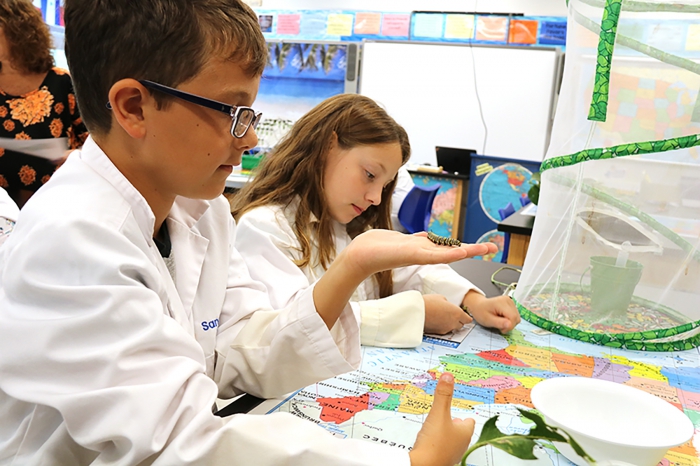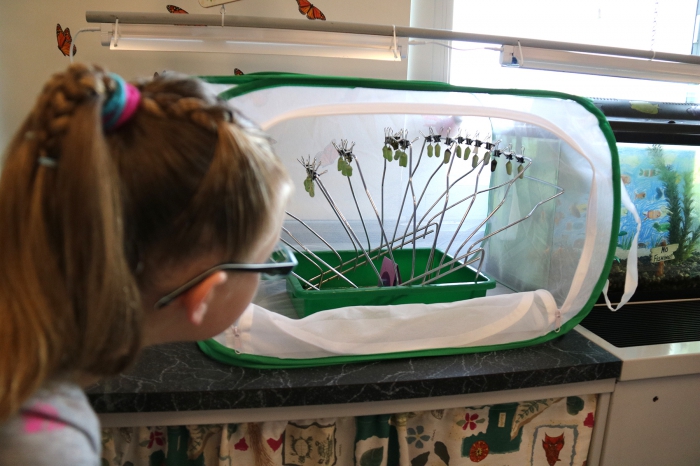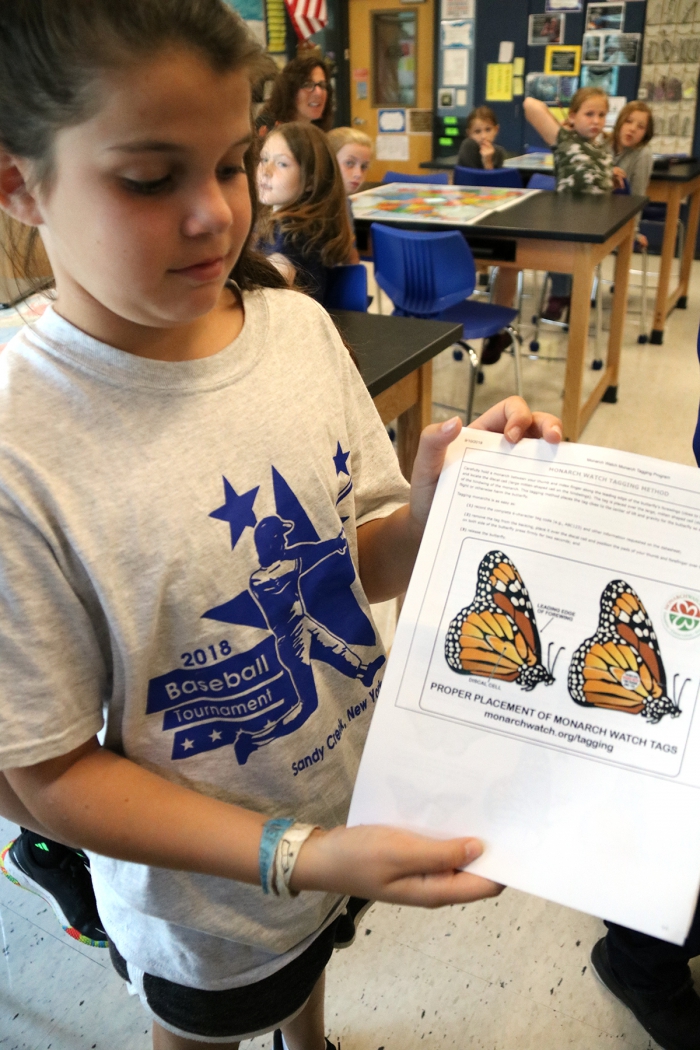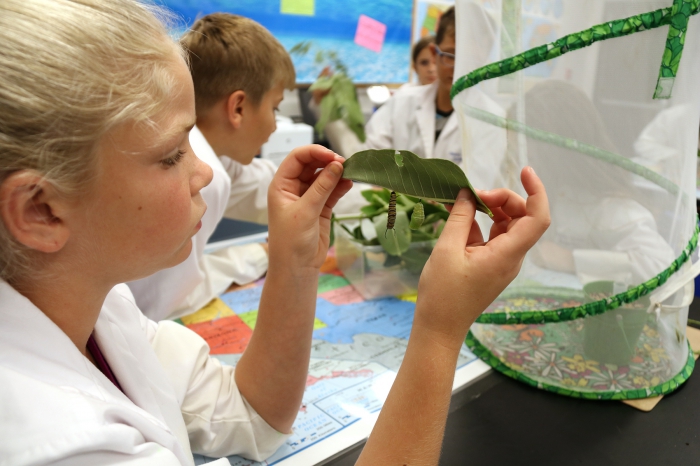- About Sandy Creek CSD
- Offices & Departments
- Administration
- Athletics
- District/Business Office
- Elementary School
- Facilities/Buildings & Grounds
- Food Service
- Guidance
- High School/Middle School
- Nurse's Office
- Personnel/Human Resources
- Purchasing
- School Based Health Center
- Special Education
- Staff Directory
- Tax Collection
- Technology
- Transportation
- Board of Education
- Students
- Parents
- Staff
- Community & Alumni
- Alumni Association
- Booster Club
- Census
- Community Use
- Dollars for Scholars
- Dolly Parton's Imagination Library
- Grief-Sensitive Schools Initiative Information
- Hudl (Athletics Livestreams)
- Newsletters
- NYS Sex Offender Registry
- Parent Teacher Group
- Peek at the Creek
- School Taxes for Sandy Creek
- Sex Offender Notification
- Weather System
- Who to Contact
- [Co.R.E.] Robotics Team
- Resources
- Search




